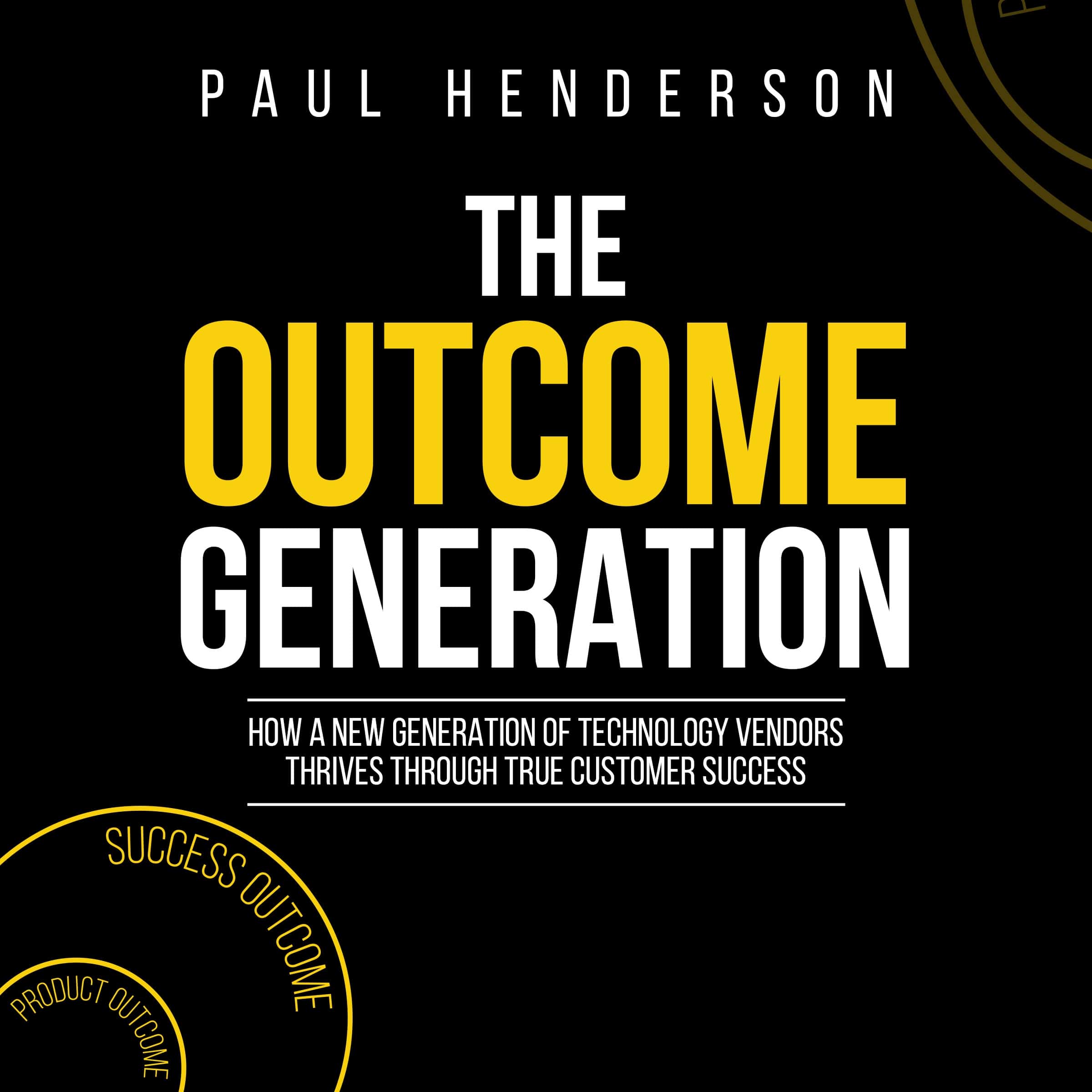Influencing the Technology Buying Cycle

To influence buying, vendors must link to what’s on the mind of executives at each stage of the buying cycle. But how can vendors do that?
Let’s consider
- the steps in a typical technology buying cycle,
- what’s on the executive’s mind at each step
- what the vendor can do.
Step 1 – Trigger
Before any buying cycle begins, there’s a trigger. Something causes an executive in the customer to review their results. A normal budgeting cycle will create a trigger. As will a change in government regulations, something new from a competitor, a change in strategic direction and so on.
In this step, the executive questions whether expected future results will suffice.
Vendors can influence this thinking. They can provide insight on possible changes affecting the customer executive. For example, insight into a new industry trend that could improve results. It’s also possible for a vendor to provide content that can create a trigger. For example, an ERP vendor might provide information on new supply chain practices that cause costs to plummet. Or a marketing automation vendor might provide alerts on the effects of GDPR (changes in privacy requirements in Europe).
In step one, the executive decides whether to spend time on this set of results. If the answer is no, there won’t be a buying cycle.
Step 2 – Results
In step two, the executive forecasts future results and determines their adequacy. If the future results aren’t adequate, the executive may act. But it’s not automatic. The executive will weigh up all the other priorities he or she has. If the inadequacy of the forecast results bubbles to the top, action will follow.
In this step, the executive decides whether to act.
The vendor’s task is clear. Ensure the executive sees the gap in results as important enough to act on. Benchmarking data may influence the executive. Insights into improved practices and their effect on results might also help. For example, an ERP vendor might quantify cost savings from improved supply chain practices. A marketing automation vendor might quantify the negative effect of GDPR (privacy) on email marketing.
In step two, a buying cycle may start if the executive decides to act to improve results – to achieve a new business outcome.
Step 3 – Problems
Having decided to act, the executive now considers what will prevent him or her achieving the new business outcome. What problems or roadblocks will they face?
In this step, the executive is looking at the impediments to achieving the new business outcome.
The vendor can help the executive in this step. The vendor has experience of problems or roadblocks faced by other customers. The vendor knows about industry trends. And they can provide this insight to the executive. For example, an ERP vendor might provide insights into challenges faced in implementing a new supply chain. A marketing automation vendor can provide insight into difficulties created by GDPR for all lead generation.
In step three, the executive determines the nature and size of the challenge to achieving the new business outcome.
Step 4 – Requirements
The executive now determines the broad approach to achieving improved results. How does he or she achieve the new business outcome? Will an internal review suffice? Will they need external consultants? Will new technology make the difference? Might the new business outcome need a re-organisation?
In this step, the vendor can provide high-level insight into how best to achieve the new business outcome. For example, an ERP vendor might provide a White Paper on how to implement the new supply chain practices. A marketing automation vendor might describe changed approaches to lead generation in the wake of GDPR.
In step four, the executive determines the broad approach to achieving the new results or business outcome.
Step 5 – Options
In step five, the executive determines who can best assist with the broad approach decided on. If it’s an internal review, which staff members should be part of the team? If it’s an external consultant, which firm has the best credentials? If it’s new technology, which vendor can best assist?
The vendor’s task in this step is to show why the executive should choose the vendor. The reason is the vendor can best enable the new business outcome. At this stage, there’s no point discussing product. The executive isn’t yet interested in that level of detail. The executive is dealing with the big issues they face.
The vendor needs to show they understand all aspects of achieving the business outcome, not just the technology elements. For example, an ERP vendor might write about the global regulations for a multinational supply chain. Or how to best integrate external partners to supply chain planning. A marketing automation vendor might produce a video on how to create great social-media advertising. They’re not related to the vendor’s product, but they help the customer achieve the new business outcome.
In step five, the executive determines a short list of people or vendors who can assist. And before they engage with external consultants or vendors, the Internet will provide most of what the executive needs to know.
Step 6 – Evaluation
In step six, the executive meets with potential vendors. The executives want confidence a vendor can play a significant role in enabling the business outcome. And that the two organisations can work together well. The executives will weigh up the competing claims of each vendor.
In this step, the vendor reinforces their ability to enable the business outcome. In buying cycles for mature technology products, functionality won’t be a differentiator. The executive already knows the vendor’s software will meet their needs. Otherwise, the vendor wouldn’t be on the shortlist. The vendor must show they can help with much more.
For example, an ERP vendor might develop a method for implementing a global supply chain. A marketing automation vendor may run classes on creating content or minimising social-media advertising costs.
In step six, the executive will decide on a preferred vendor.
Step 7 – Selection
In this step, the executive will finalise due diligence and enter contract negotiations. To improve their negotiating position, the executive may not tell a vendor of their preferred status.
For most vendors, that’s business as usual. In this step, the vendor wants to establish the best commercial terms they can while maximising the chance of winning the deal.
In step seven, the executive locks down a deal he or she will take forward for approval.
Step 8 – Buy
Assuming the executive obtains approval, he or she will sign contracts and begin the project.
In this step the vendor celebrates. Then takes a deep breath and begins the focus on enabling the business outcome the customer needs. If it’s a subscription contract, the amount of success achieved this time will drive how much the customer spends next time. A lack of success may lead to cancellation. So, the vendor has a strong vested interest in ensuring the project enables the business outcome.
Next Steps
Vendors need clarity about the technology buying cycle their prospects and customers go through. They should determine what’s on the executives’ minds at each step. And they should make sure they tailor their content, tools and approaches to engage executives based on what’s on each executive’s mind.

This article is based on the book; The Outcome Generation: How a New Generation of Technology Vendors Thrives through True Customer Success
Paul Henderson is an author, speaker and consultant on outcome-based customer success for technology vendors. His last role was leading the Asia Pacific region of an enterprise software company. He saw the potential that could come from delivering real and measurable business success for customers. So, he initiated a customer success program based on customer outcomes. He and his colleagues developed, modified and proved the model over more than five years. He thespent one a half years researching and writing, culminating in the release of The Outcome Generation.
+61 1300-859791
pjh@outcomeleaders.com
facebook.com/outcomeleaders
linkedin.com/outcomeleaders
youtube.com/outcomeleaders
Receive the latest on Outcome-based Customer Success |
Send us a Message
Error: Contact form not found.



